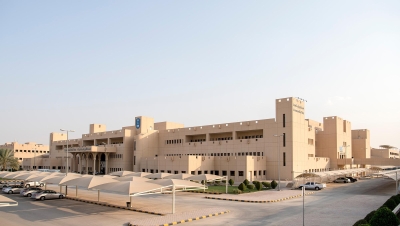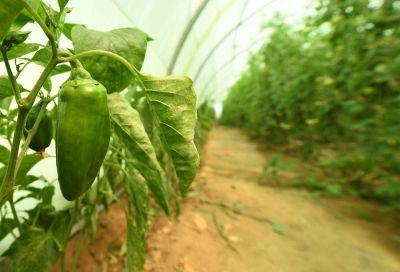
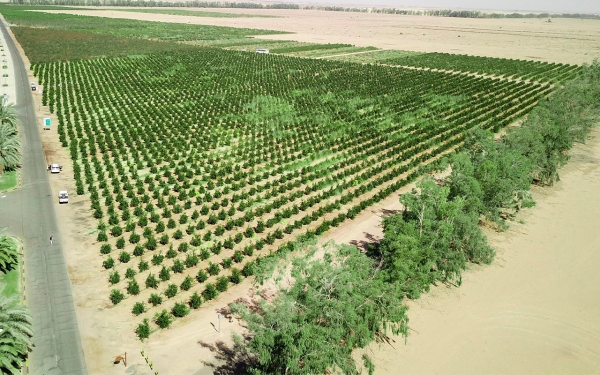
Agricultural techniques in the Kingdom of Saudi Arabia refer to the vital and technological tools in the field of agriculture. They are known in various contexts as agricultural technology, a discipline within the agricultural sciences that involves the use of scientific tools such as genetic engineering, molecular marker analysis, molecular diagnostics, vaccines, and tissue culture. all these sciences aim to achieve another concept, which is the modification of living organisms, including plants, animals, and microorganisms.
Biotechnological techniques for agricultural crops, which are a fundamental aspect of agricultural technology, were developed to the extent that by the late twentieth century, they achieved the result of exporting a desired agricultural trait. This involves transforming a particular type of crop into an entirely different one, resulting in genetically modified crops with desired characteristics in terms of flavor, flower color, growth rate, and the yield of harvested products. Additionally, these modified crops have the advantage of resistance to diseases and agricultural pests.
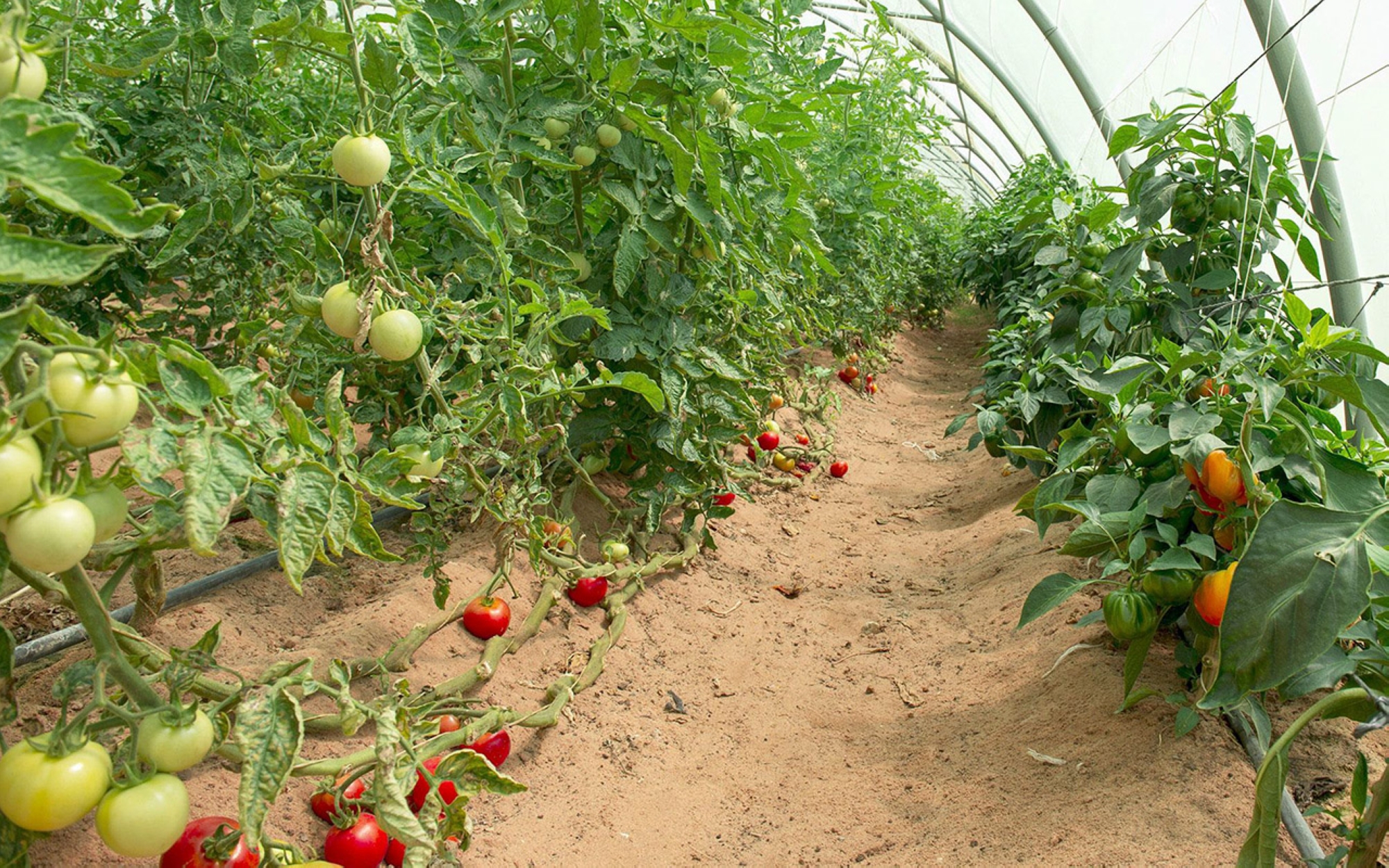
Types of agricultural techniques
The use of modern agricultural techniques is a fundamental part of the plan to develop the agricultural sector in Saudi Arabia under the umbrella of Saudi Vision 2030. Most of these methods vary between relying on livestock or mineral wealth.
The development plan for the agricultural sector prioritized the hydroponics system. One of the most widely used agricultural techniques in agriculture, it represents an agricultural system that relies on cultivating plants without soil or using a medium, such as rock wool. Several conditions are required, among the most important are:
- Automated control of cooling, heating, and ventilation.
- Automated units for irrigation and fertilization.
- A sterilization system for recycled and reused water.
- An automated control system for all systems within the greenhouse.
This is followed by the vertical farming system, one of the intensive systems to maximize the use of space. It utilizes plastic pipes or multi-tiered tables to increase production per unit area. Vertical farming must include several essential requirements, among the most important are:
- Control of cooling, heating, and ventilation.
- Automated units for irrigation and fertilization.
- Sterilization system for recycled and reused water.
- An automated control system for all the systems within the greenhouse.
- The sides and the roof are made of insulated walls.
Aquaponics is referred to as integrated farming, where plants are combined with fish. This type of agricultural technology relies on an integrated closed farming system between plant nutrition and fish waste. Several requirements are essential for the success of this technique, which are:
- Control of cooling, heating, ventilation, and the irrigation and fertilization system.
- Automated irrigation and fertilization units, and a system for oxygen circulation and pumping.
- Sterilization system for recycled and reused water.
- An automated control system for all systems within the greenhouse.
Agricultural techniques in grain crops
Row planting is where the seed driller is used when planting grains using this method, which ensures the even distribution of grains and stable planting to achieve uniform plants. The land is plowed twice in perpendicular directions to prepare it for optimal seed growth. This method facilitates weed control and reduces the amount of seeds used, and row planting using a seed driller is favored in lands irrigated with water.
There's another method called broadcast seed sowing, in which seeds are manually and evenly sown across the agricultural fields. Then, the grains are covered until they sprout noticeably. The depth of the seed should not exceed five cm. After that, the land is partitioned and irrigated with water.
Among the agricultural methods is the stale seedbed method. Grains are planted using the stale seedbed technique in lands infested with weeds. First, the land is irrigated sufficiently before planting to allow the weeds to germinate. After that, the land is plowed twice perpendicularly, and the seeds are scattered right after plowing. Then, the land is plowed again perpendicularly and leveled to facilitate irrigation processes.
In rainfed agriculture, when grains are planted using the rainfed cultivation method, a hectare requires approximately one hundred kg of seeds. The land is plowed twice at right angles. The first plowing takes place after the end of the previous planting season, and the second occurs during the first half of November to increase the soil's ability to retain rainwater.
There is also a third plowing after the rainfall sufficient for germination. Seeds are sown immediately after the rain, and there is no need to level the land, as the soil compaction helps the rainwater to run off on the surface.
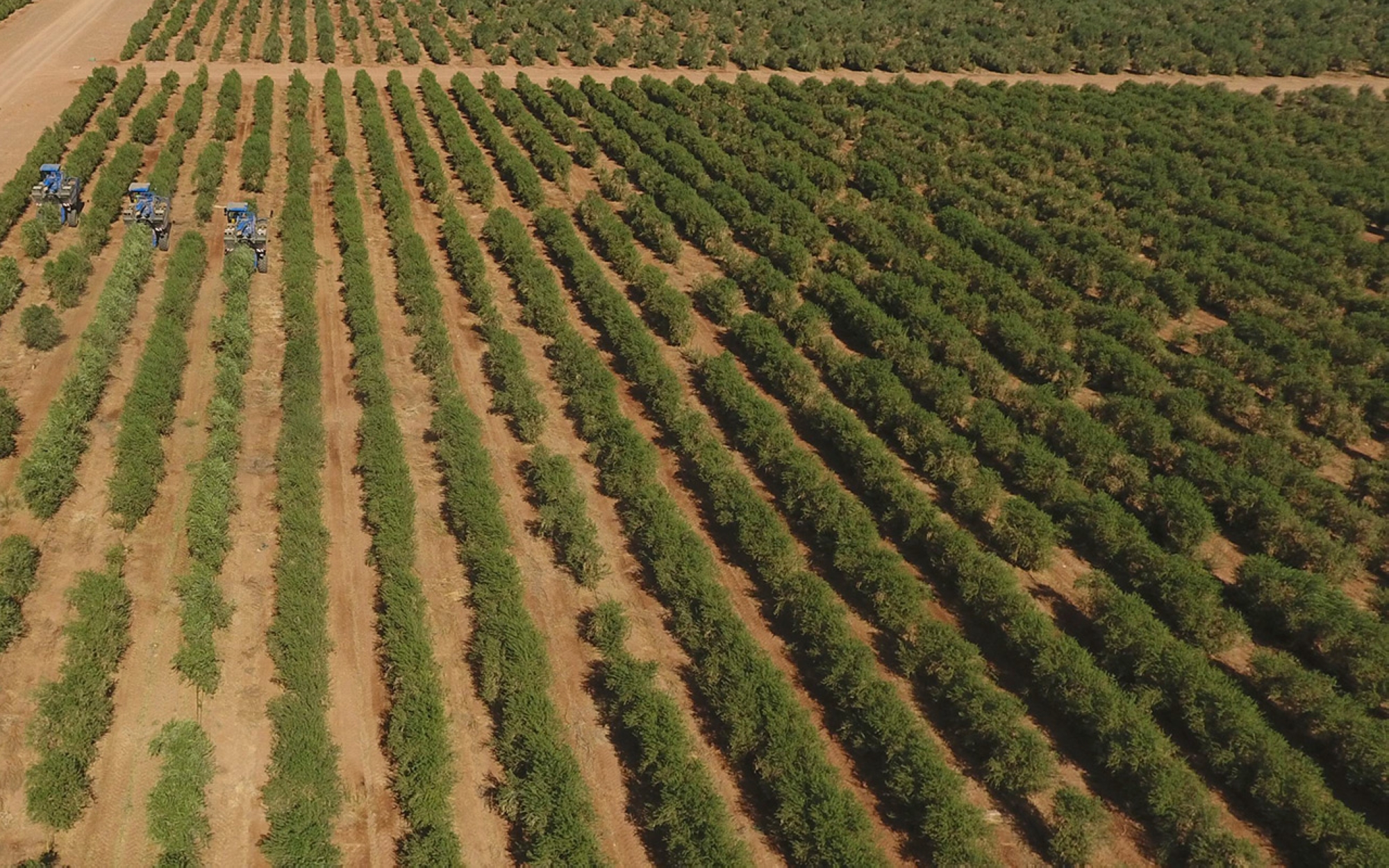
Developing agricultural techniques in Saudi Arabia
Following the approval by the board of directors of the Agricultural Development Fund to support modern agricultural technologies in Saudi Arabia in 2020, with a maximum limit of up to 70 percent, this percentage represents a portion of the loan value for various projects, such as the broiler poultry chain project, the conditioned greenhouse project, and the aquaculture project. This approval underscores the importance of these three projects within the food security system, aligning with the technological directions of the agricultural sector under the umbrella of Saudi Vision 2030. In addition to supporting this approval by providing modern technologies and enhancing productivity in line with the advancements and innovations of modern technologies in the agricultural sector.
This step also represents an integrated collaboration between the Agricultural Development Fund, the Ministry of Environment, Water, and Agriculture, and specialists in sectors such as aquaculture, poultry, and greenhouses. The executive management periodically reviews the latest technologies and their developments and includes them in the targeted projects for support.
Teaching agricultural techniques
The National Research and Development Center for Sustainable Agriculture, Estidamah, in collaboration with the Agricultural Development Fund, organized a specialized training course titled Modern Agriculture is a Promising Investment in Greenhouses. This course took place from December 22 to 24, 2020.
The course is organized as part of the collaboration between the center and the fund to bolster areas of joint work in the field of agricultural development. This particularly pertains to initiating specialized training programs and courses. There's an emphasis on disseminating the culture of employing modern technologies that facilitate enhanced production, ensure the safety of agricultural products, and optimize water usage. This emphasis is rooted in the applied research undertaken by the Estidamah Center and other leading research institutions. The initiative also aims to boost investments in modern technologies for greenhouse projects that fall under the role of the Agricultural Development Fund in encouraging their use by increasing the financing rate for projects that rely on modern technologies to cover up to 70 percent of both the investment and operational costs.
The training program of the course included an introduction to the center and its role in this domain. It discussed the evolution of protected agriculture in Saudi Arabia and modern farming techniques, in addition to soilless agriculture. The program also covered the standard specifications for greenhouses in the central region of Saudi Arabia, the management of crops inside the greenhouse, the integrated pest control system for the greenhouse, and the center's results in implementing biological pest control as a safe and sustainable option for plant protection.
The course included field applications, which encompassed exploring the latest global technologies in the field of greenhouses located at the Sustainability Center. It also involved examining the most significant research findings of the center from the past two years. Additionally, participants became familiar with the specifications of the greenhouses at the Estidamah Center, the method of seedling production, and the crop management processes for certain agricultural crops.
The International Workshop on the Future of Vertical Farming in Saudi Arabia
The Agricultural Development Fund organized a workshop on vertical farming techniques as one of the modern agricultural techniques in Saudi Arabia. The first international workshop on vertical farming techniques covered a number of important topics. Dr. Toyoki Kozai from Chiba University in Japan discussed the benefits and challenges of vertical farming in arid areas. Dr. Mark Tester from King Abdullah University of Science and Technology presented a working paper on the role that vertical farming can play in achieving food security in Saudi Arabia. Professor David Rosenberg, the CEO of AeroFarms, an American company, discussed the role of vertical farming in contributing to food security by producing a wide range of crops, including vegetables and fruits. The efficiency of resource use in vertical farming was also reviewed.
The workshop aims to raise awareness about the importance of empowering investors and farmers with the necessary resources for vertical farming, such as water, energy, and land. Additionally, there's a need to develop policies and laws to encourage vertical farming, facilitate its adoption procedures, and promote research and development through technical and financial support to keep pace with advancements in vertical farming, build capabilities, and strengthen the flow of information and knowledge to investors and farmers, enabling guidance in this regard.
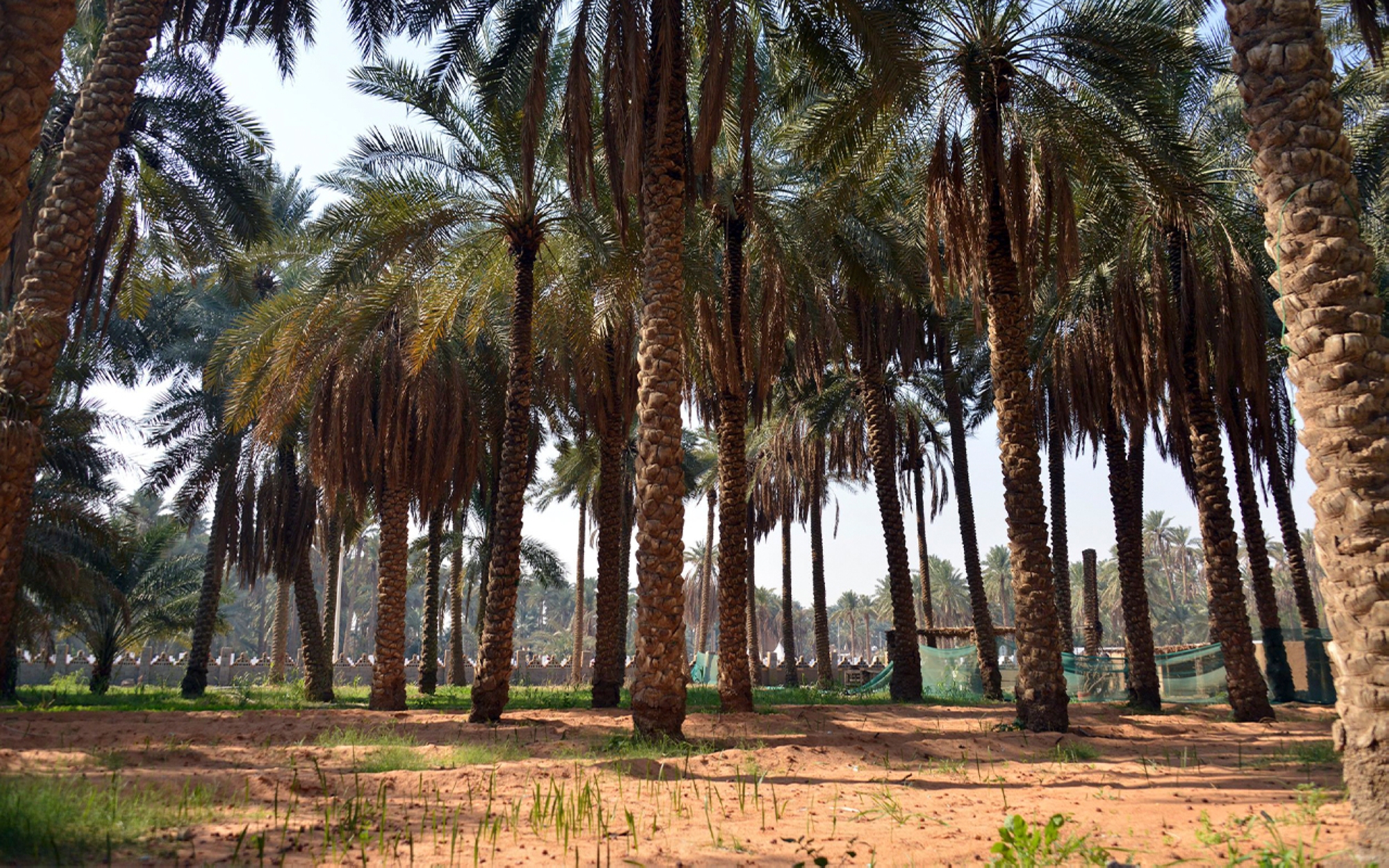
Agricultural technologies hackathon in al-Qassim
In the same educational context, al-Qassim Province witnessed the launch of the first international hackathon specialized in agricultural technologies. This event was organized by the King Abdulaziz City for Science and Technology, represented by the Badir Program for Technology Incubators and Accelerators, in partnership with Prince Faisal Bin Mishaal Bin Saud Bin Abdulaziz Community Foundation 'Mujtama'i.' The goal was to develop technical solutions and innovative ideas to address the increasing challenges and problems in the agricultural sector.
The first edition of the 'Agricultural Technologies' Hackathon comes as part of Saudi Arabia's efforts to foster a new generation of innovative entrepreneurs in the agricultural sector and to enhance the efficiency of this promising sector in line with Saudi Vision 2030.
As one of the means to develop the employment of technological innovations in addressing the growing problems in the agricultural sector, the hackathon sought to find technical solutions to the challenges facing the agricultural sector in the field of pests and agricultural control through the use and employment of data and artificial intelligence technologies in prediction, forecasting, and prevention of these pests using these smart technologies.
Related quizzes
